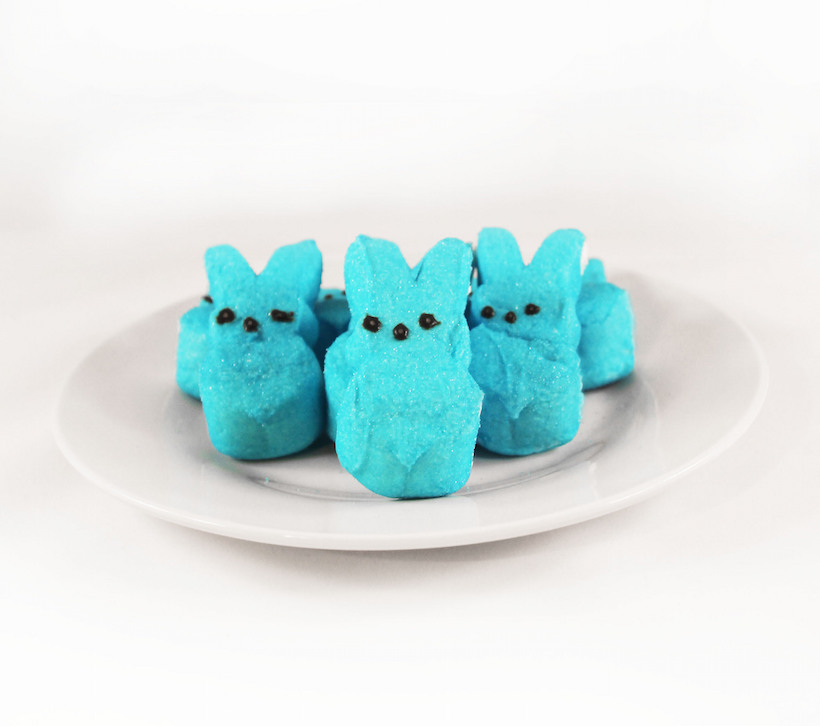What’s Easter without Peeps? Frankly, we don’t know, nor do we want to find out. But despite the popularity of the colorful marshmallow birdies, little is known about the origins of this Easter basket staple.
That is, until now.
For every person who has ever wondered, ‘Where in the world do Peeps come from?’, here’s the timeline you’ve been waiting for. (You’re welcome.)
– In 1910, Sam Born, an Jewish immigrant from Russia, came to America to pursue a business he knew well: chocolate-making. Born quickly made a name for himself, opening his own chocolate retail shop, Just Born, in Brooklyn. The company saw so much success that it was forced to move to Bethlehem, PA for larger factory options.
– In Bethlehem, the Rodda Candy Company decided to take ownership of Easter by creating candies reminiscent of the holiday, and with a religious tone: bunnies, Holy Crosses, and jelly eggs, to start.
– Soon enough, the candy company took on marshmallow treats, though the year that the first chick was created is not exactly known. Unfortunately, though, these little sweets weren’t exactly easy labor. Picture this: 80+ workers hand-spooning small batches of fresh marshmallows into a flute that then squirted the treats out into chick shapes. Records show just one tray of peeps took a whopping 27 hours of labor. Yikes.
– In 1953, Just Born bought Rodda’s company, and with that, an automated Peep dispenser was born. The invention cut the labor time down to just six minutes per Peep tray. The rest, as they say, is history.
– A 2013 survey shows that nearly two-thirds of peeps-eaters make their first bite their biggest (and most violet), going right for the bird’s head.
– The colorful little ‘mallows are hardly the most popular Easter candy on the market. According to a study earlier this year, peeps rank at the #5 spot, following Reese’s Mini Peanut Butter Chocolate Eggs, chocolate bunnies, jelly beans, and Hershey’s eggs.


![Making Mealtime Matter with La Familia: Easy Sofrito [Video]](https://thelatinkitchen.com/wp-content/uploads/2015/10/sofrito-shutterstock__0-500x383.jpg)
![Easy Latin Smoothies: Goji Berry Smoothie [Video]](https://thelatinkitchen.com/wp-content/uploads/2015/12/goji_berry-shutterstock_-500x383.jpg)
















![Fun and Fast Recipes: Fiesta Cabbage Salad [Video]](https://thelatinkitchen.com/wp-content/uploads/2015/11/fiesta_cabbage_slaw-shutterstock_-500x383.jpg)









